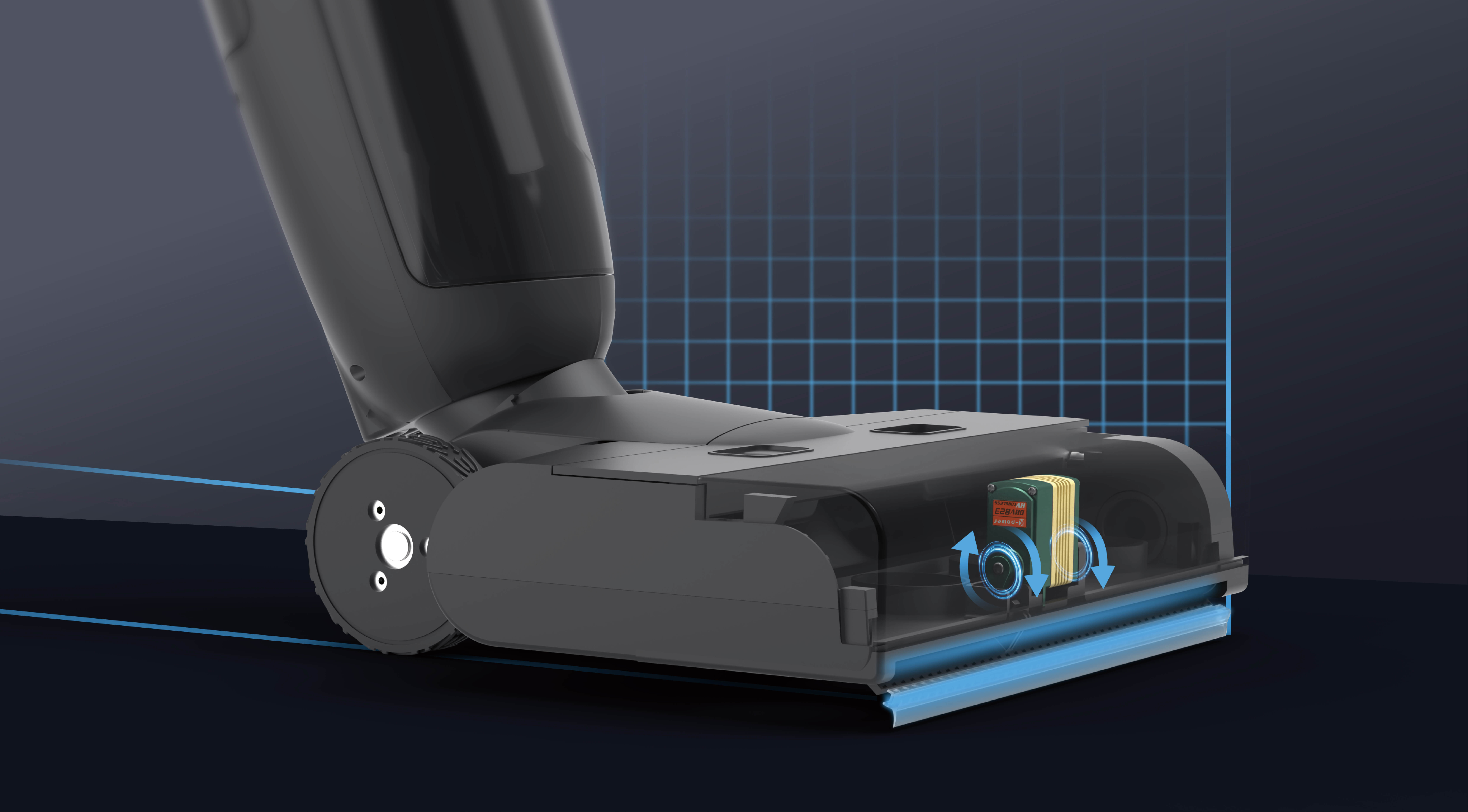In the rapidly evolving world of DIY electronics and robotics, few topics excite hobbyists and innovators quite like remote-controlled devices powered by Arduino and servo motors. Whether you're an aspiring engineer eager to experiment or a seasoned maker aiming to enhance your projects, understanding how to combine these elements opens the door to endless creative possibilities.

Imagine transforming a simple toy or mechanism into a smart, responsive machine that you can control from anywhere—this is the magic that remote control servos and Arduino unlock together. Their synergy allows you to craft everything from remote-controlled cars and robotic arms to home automation gadgets and interactive art installations.
What Are Servos and Why Are They So Popular? A servo motor, often simply called a servo, is a compact actuator capable of precise position control. Unlike regular motors that spin continuously, servos can rotate to a specific angle within a range—commonly 0 to 180 degrees—and hold that position reliably. This precision makes them ideal for applications requiring accurate movement, such as steering systems in RC cars, robotic limbs, or camera gimbals.
What sets servo motors apart is their built-in feedback system, which allows for closed-loop control. They receive signals—usually PWM (Pulse Width Modulation)—and translate that into a specific rotational position. This makes them inherently suitable for automated control projects that require exact movements.
For hobbyists, servos are appealing because they are affordable, easy to interface, and widely supported by microcontrollers like Arduino. Additionally, their compact size and diverse torque ratings mean you can pick the perfect servo for projects of all sizes, from tiny robotic grippers to large-scale automation.
Enter Arduino: The Brain Behind the Operation Arduino, an open-source microcontroller platform, has revolutionized DIY electronics. Its straightforward programming environment, vast community support, and compatibility with various sensors and actuators make it a favorite among beginners and experts alike.
When combined with servos, Arduino serves as the brain that reads inputs from remote controls, sensors, or user interfaces and translates them into specific servo movements. This synergy enables real-time control, making projects more interactive and fun.
For instance, imagine you want to build a remote-controlled robotic arm to fetch and pass objects. With Arduino as your control hub, you can wire up multiple servos—each responsible for moving a joint—and program them to respond to signals from a remote or even a smartphone app. The result? A responsive, programmable robot that you can operate from afar.
How Does the Remote Control Aspect Come Into Play? The term "remote control" evokes a broad spectrum of possibilities, from traditional RF (radio frequency) controllers to modern Bluetooth or Wi-Fi-based solutions. Here, the focus is on integrating remote control capabilities seamlessly into your Arduino project.
Various methods exist for implementing remote control in Arduino projects, including:
Radio Frequency (RF) Modules: Devices like the 433MHz transmitter and receiver pairs are inexpensive and simple to set up. Ideal for outdoor or longer-range applications. Infrared (IR) Remote Control: Using IR LEDs and receivers, you can replicate the functionality of TV remotes. This approach is suitable for line-of-sight control over shorter distances. Bluetooth: Modules like HC-05 or HC-06 enable wireless control via smartphones or tablets, offering more flexible and user-friendly interfaces. Wi-Fi: With modules like ESP8266 or ESP32, projects can connect to your home network and be controlled via web interfaces or dedicated apps.
Depending on your project's scope and complexity, you can select the most appropriate remote control method.
Getting Started: Your First Remote-Controlled Servo Project Let's bring it all together—imagine building a simple remote-controlled servo actuator using an Arduino and an RF remote. Here’s a quick overview of what you’ll need:
An Arduino microcontroller (Uno, Nano, or other variants) A servo motor (choose based on your torque requirement) An RF transmitter and receiver pair A battery or power supply Connecting wires, breadboard, and basic electronics tools
Once you have your components, the process generally involves wiring the servo to a PWM-capable pin on the Arduino, connecting the RF receiver to digital pins, and programming the Arduino to interpret the RF signals to control the servo's position.
The programming involves listening for signals from your remote, decoding them, and then applying corresponding PWM commands to the servo. The foundational code is straightforward but forms the backbone of many more complex projects.
In subsequent sections, we'll dive into detailed wiring instructions, sample code, and the nuances of choosing the right servo and remote control method for your project. You'll see how even with minimal experience, you can create a truly functional remote-controlled device powered by Arduino and servo mechanisms.
Leveraging innovations in modular drive technology, Kpower integrates high-performance motors, precision reducers, and multi-protocol control systems to provide efficient and customized smart drive system solutions.




































